Meet the Team at Brink Books
Plus, an update on the Kickstarter campaign and some book recommendations
A little over a week has passed since we launched our Kickstarter in support of Malleable and True: A Hybrid Craft Anthology, the first publication of Brink Books, and we’ve been overwhelmed by the response! Not only were we designated a Kickstarter Project We Love, but we’re almost halfway funded!
If you haven’t had a chance to check out or share the project, or if you’re interested in backing us and haven’t yet, will you take a moment to do so? We would love your help reaching our goal of halfway to funding this week!
Thank you all for your support of this press. We are overwhelmed with gratitude for all of you.
If it wasn’t already obvious, the team at Brink loves hybrid works. From Durga Chew-Bose’s Too Much and Not in the Mood to Concentrate by Courtney Faye Taylor, hybrid writing has shaped how we see and navigate the world.
With that, it seems only right that we introduce the team at Brink Books!
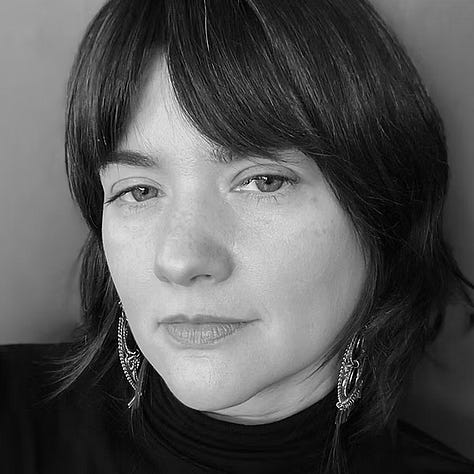
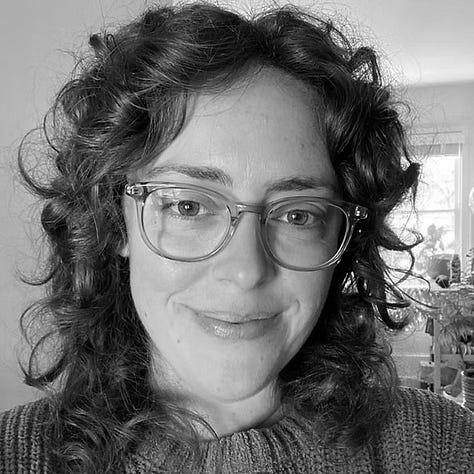
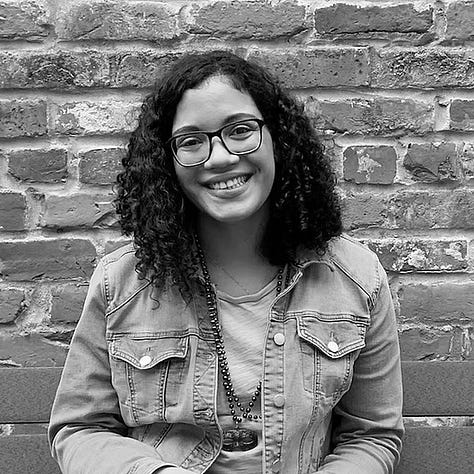
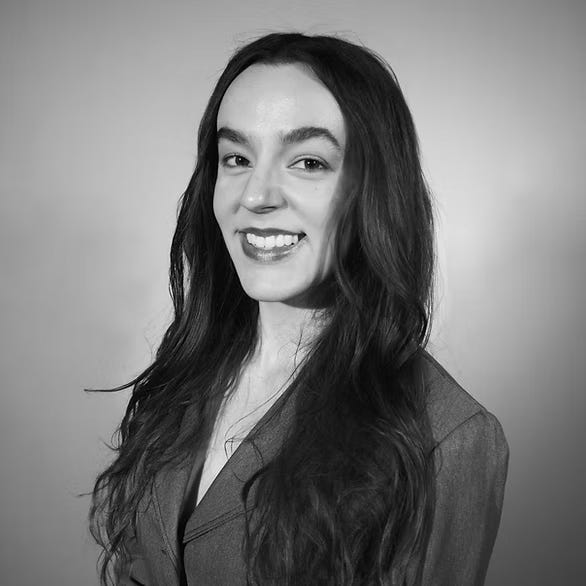
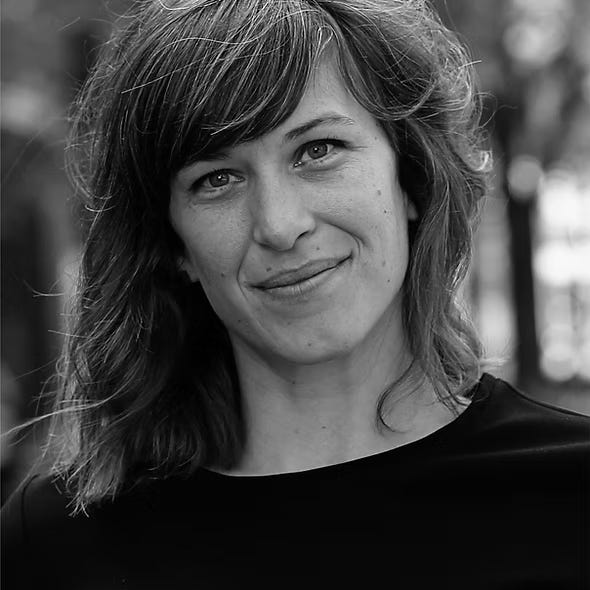
Alisha Jeddeloh is the founding Fiction Editor for Brink Literary Journal and the Editor-in-Chief of Brink Books. A visionary leader with twenty years of professional editorial experience, including the We the Interwoven Anthology series from the Bicultural Writers’ Fellowship at the Iowa Writers’ House.
What was your introduction to hybrid writing? Nina and I are in a writing group together, and I was introduced to hybrid writing through her manuscript (which is now the gorgeous hybrid memoir The Body Alone!). I realized I’ve always been drawn to unusual forms, writing that requires a different shape to tell its story. In fact, my first short story in an undergrad workshop was about a breakup in which the two main characters’ dialogue was told in script format. My instructor questioned whether that was necessary, and though I didn’t have the language for it at the time, now I’d say it created a necessary distance from the overwhelming emotion in the scene.
Why are you passionate about championing hybrid works? I love how hybrid writing questions received narratives, breaking apart the surface story to get at hidden truths. With hybrid writing, I always think of that Leonard Cohen lyric, “There is a crack in everything, that's how the light gets in.” Hybrid writing pursues those cracks in the stories we tell ourselves and others, complicating common narratives and offering new ones. I can’t think of anything more vital right now.
What is one book you’d like to recommend? One of the first books I read when I started working at Brink as the fiction editor was Dictee by Theresa Hak Kyung Cha, and it’s still a favorite. It’s a genre-defying memoir that blends poetry, autobiography, history, and visual media to explore themes of language, displacement, colonialism, and identity. Centered on the lives of multiple women—including Cha’s mother, Korean revolutionary Yu Guan Soon, and figures from Greek mythology—it fragments time and voice to evoke the dislocations of exile and the struggle to speak across imposed silences. The book resists linear narrative, instead inviting the reader to experience its fractured, multilingual, and deeply embodied mode of remembrance.
Christina Wood, Editor of Brink Books, is a writer with an MFA from Washington University in St Louis and is a current PhD candidate at the University of Georgia. A former Assistant Editor of Dorothy, a publishing project, she is currently a graduate editor for The Georgia Review.
What was your introduction to hybrid writing? I got lucky and was introduced to hybrid writing early on in my undergraduate years. I took an Intro to Fiction class with Sarah Shun-lien Bynum in the spring of my sophomore year, read her dream-like and wonderfully beguiling Madeline is Sleeping over summer break, and felt like a door to an entirely new world had opened. I took many more classes with Sarah, signed up for the strangest literature classes I could find, and got a bit addicted to writing I had no words to describe.
Versailles by Kathryn Davis, Invisible Cities by Italo Calvino, Pedro Páramo by Juan Rulfo, Samuel Beckett’s trilogy (Molloy, Malone Dies, and The Unnamable), and Maud Martha by Gwendolyn Brooks bowled me over during those years and have stuck with me since. I’m forever grateful for that early training in setting expectations aside and meeting a book where it is.
Why are you passionate about championing hybrid works? Part of my PhD research is focused on fabulism (tales, magical realism, the uncanny, Gothic literature, etc.), and, during my qualifying exams, a professor I work with asked me a really good question about this mode of writing: Why would a writer choose fabulism over realism? Why would they choose to subvert conventions, break rules? Why would they choose a mode that’s less often granted prestigious awards, that’s harder to sell?
But I don’t think it’s really a choice. A writer doesn’t usually choose to follow conventions or not—the thing they’re trying to express leads them down a different path. Hybridity happens because it needs to, because a writer’s content or way of thinking demands it. Coming across books that have set expectations aside and followed their singular vision and voice is always the most exciting thing for me.
Humans have been producing hybrid writing since we started writing. Fairy and folk tales, One Thousand and One Nights, Don Quixote, Tristram Shandy, Frankenstein, Kafka. Weirdness is such a valuable human impulse, and for me championing hybrid works is about seeing and giving space to that value.
What is one book you’d like to recommend? Antiguan American writer Jamaica Kincaid’s At the Bottom of the River is the most immersive and inexplicable and beautiful book I can think of. You might know the opening story from the collection—a very famous one-sentence story titled, “Girl,” in which a rather assertive mother tells her daughter how to become a woman. The rest of the stories in the collection are indescribable. They’re story and poem, myth and tale. They shift fluidly through time and narrator. They don’t bother splitting hairs over the difference between the real, the magical, and memories. I don’t know how Kincaid did it, but in less than 100 pages she captures the full inner world, the spirit, the selfhood of a young girl growing into consciousness.
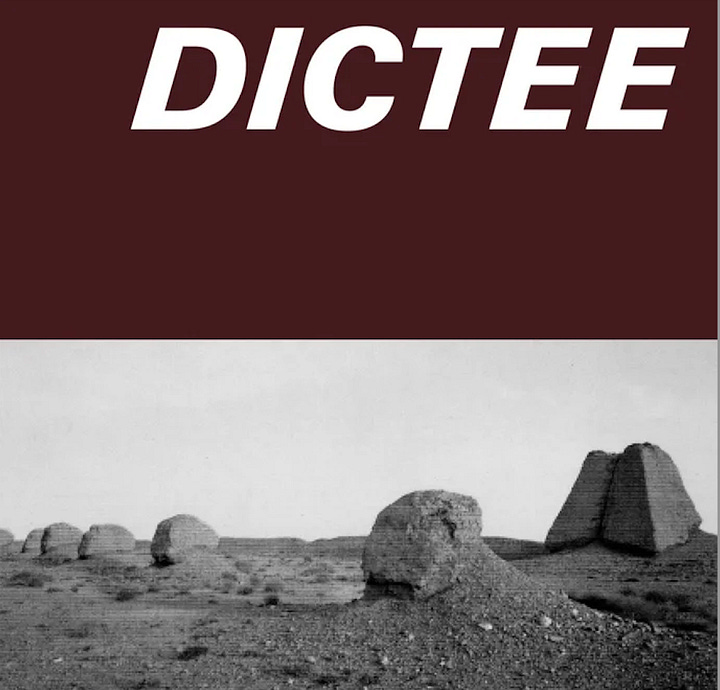
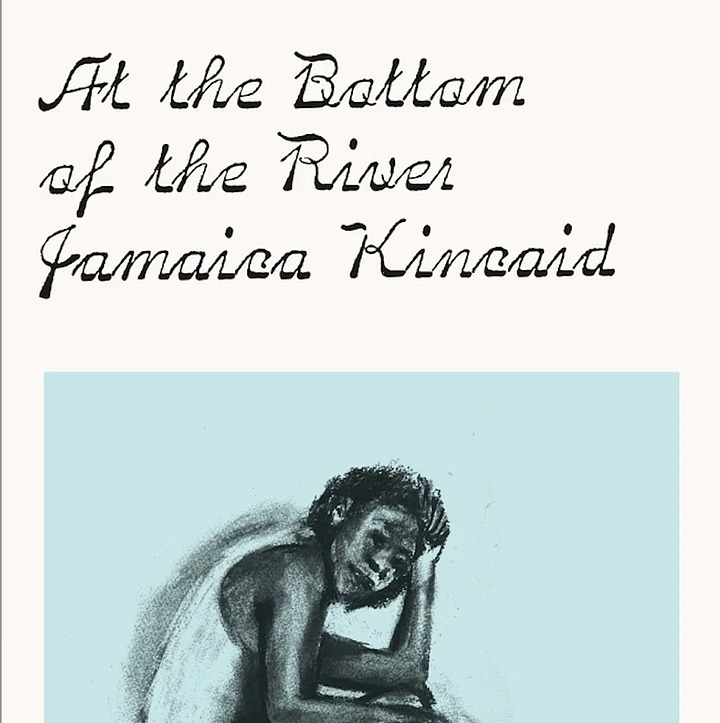
Jessica (Jess) Sullivan, Marketing & Outreach Director for Brink Books, is a writer with an MFA from American University. She has worked as a bookseller, marketing and event coordinator, and editorial assistant at Graywolf Press, and is passionate about connecting books with readers.
What was your introduction to hybrid writing? I’ve always loved fiction and it has served as my introduction into countless wormholes and avenues of thought, so I suppose it’s no surprise that it was my introduction to hybrid writing. It must have been around 2017 when I was reconsidering my undergraduate track that I first read Chloe Benjamin’s The Anatomy of Dreams. It’s a beautiful amalgamation of literary fiction, psychological fiction, romance, and mystery. Once I finished the novel, I attempted to talk to a coworker about it and found myself unable to adequately explain the intricacies and layers to the book. It opened a doorway of possibility for what writing could do, and I knew, in the marrow of my bones, that I wanted to get better at putting language to indescribable works.
Why are you passionate about championing hybrid works? It’s through hybrid works that I found so much of myself. Literature has always served as a companion and a champion, from easing me into genres I found intimidating, to providing context and guidance to examine how I move through the world. Hybrid works are undeniable; they are the works that accept, embrace, and examine the multitudes of humanity.
What is one book you’d like to recommend? I would recommend Concentrate by Courtney Faye Taylor. It’s a poetry collection exploring the murder of Latasha Harlins, who was a fifteen-year-old Black girl killed by a Korean shop owner after being falsely accused of shoplifting. The subsequent course case served as the inciting incidents of the 1992 LA Riots. Taylor uses a mix of poems, collages, and micro-essays to examine the cost of memory, the existence and possibilities of Black womanhood, and public and private grief. This is a book that demands to be felt.
Alexandra Rae, Brink Books Intern, is a feminist writer, editor, and re-visionist from Ohio with a Creative Writing degree from Point Park University.
What was your introduction to hybrid writing? I discovered hybrid writing during my undergraduate career, when writers like Lauren Slater, Maggie Nelson, Rebecca Tamás, Lorrie Moore, and Emily St. John Mandel broke my baby writer brain apart in the best way possible. What intrigued me most about these writers is something that was never discussed in class – their deliberate bending and blending of genre itself. As a writer, I knew I didn’t want to conform to the strict guidelines set by workshops and publishers alike. Reading CNF (creative nonfiction) which dared to question what “truth” really is and poetry that was also a short story allowed me to see a new approach to the craft of writing itself. Discovering Brink only affirmed my love for hybrid writing and my belief in its importance in publishing.
Why are you passionate about championing hybrid works? There are still so many people who have no clue what “hybrid writing” means when I mention it – and I want to rectify this! Hybrid works create opportunities for readers and writers to re-envision the possibilities of language and form. These works can also serve as tools for liberation in our world beyond the threshold of art. Art carries with it the power of re-shaping our world and how we understand it. By championing hybrid works, we are celebrating breaking all that restricts us; all that oppresses us; all that tells us who to be and how to be it. If art-making is world-making, hybrid works aim to create a world where these limitations cease to exist.
What is one book you’d like to recommend? The Argonauts by Maggie Nelson. Part auto theory, part memoir, part feminist excavation of motherhood, queerness, and sexual autonomy, The Argonauts isn’t meant to be understood on a first read. Each vignette in this book is a strand of hair, which Nelson masterfully braids into a complex body of work that embodies the best of hybrid writing: pushing genre boundaries, lyrical in language, and, as you read it, felt as much in the body as in the mind.
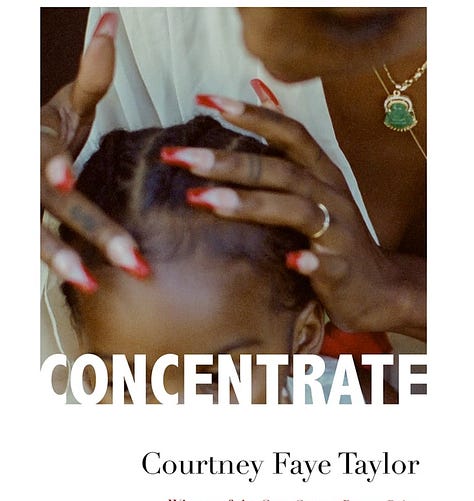
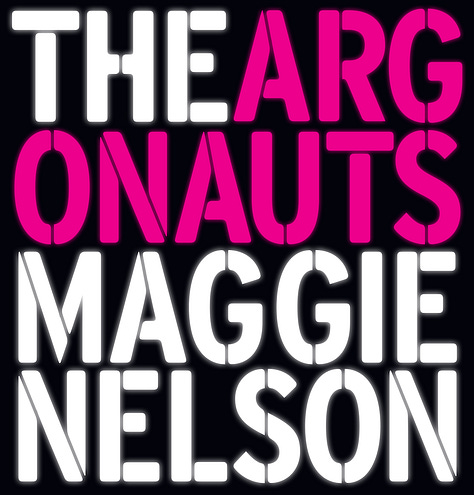
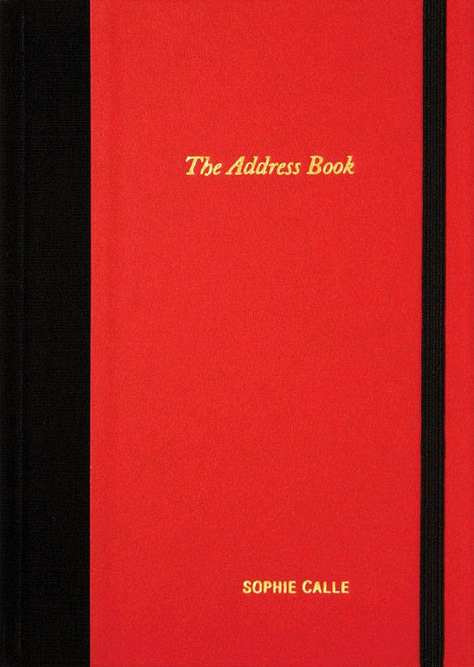
Nina Lohman, Brink Publisher, is the author of The Body Alone, a hybrid memoir. She also teaches creative nonfiction and publishing at the University of Iowa. She founded Brink in 2020 with the vision of expanding opportunities for writing that doesn't fit neatly into traditional publishing.
What was your introduction to hybrid writing? Can I answer this in a slightly different way? Recently, I watched Romeo and Juliet (the 90’s Baz Luhrmann version) with my kid. This might have been one of the first examples of hybrid art that really hit home for me, which wasn’t something I think I realized until recently. The movie pleated Shakespearean dialect with post-modern civilization in an imagined world. Blending and bending worlds created something new on the screen and my little teenage heart resonated with this unusual, but effective, method of storytelling. Decades later, while trying to write about chronic pain, it became clear that I needed texture, I needed a story that would blend and bend, in order to communicate with accuracy the full experience of a body in chronic pain.
Why are you passionate about championing hybrid works? We often talk about how hybrid writing presses or even breaks boundaries. I think this phrase works in a few ways. One way is that hybrid writing creates space in the literary world for writing (and writers) that exist outside traditional norms – their writing doesn’t fit in a genre or it requires more than one genre or it utilizes other mediums or modalities. In this sense, hybrid writing quite literally extends the boundary of what is considered literary, of how a story can be told.
The other way the phrase works is that hybrid writing creates space for a writer to unravel complex, difficult, or unruly narratives. The freedom that arises from the malleability of form can provide writers with needed distance, clarity, and unexpected connections. Hybrid writing isn’t experimental (though experimentation is certainly part of the creative process); it’s honoring the complexity of a narrative and telling the story exactly how it needs to be told.
What is one book you’d like to recommend?
The Address Book by Sophie Calle. This book will divide a room. You will either love it or hate it. It will ignite your curiosity or you will throw it across the room.
And that is our Brink Books team! As a bunch of readers, we need to know: what books do you recommend?



